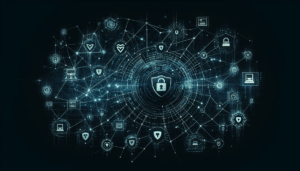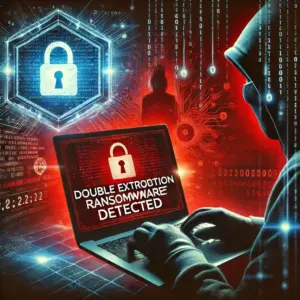Fake Podcast Invite Phishing Alert: Are You Falling for This Dangerous New Scam?
Fake podcast invite phishing scams are the latest cybersecurity threat targeting small business owners and content creators, and it’s not just big companies under the gun anymore. Cybercriminals are now wrapping their tricks in the warm tones of podcasting invites, pretending to be top influencers, reputable production teams, or even household names in the media space. For small businesses and solopreneurs who thrive on visibility and media opportunities, these fake invitations look promising, until they compromise your data, steal your logins, or worse, hijack your brand’s trust.








